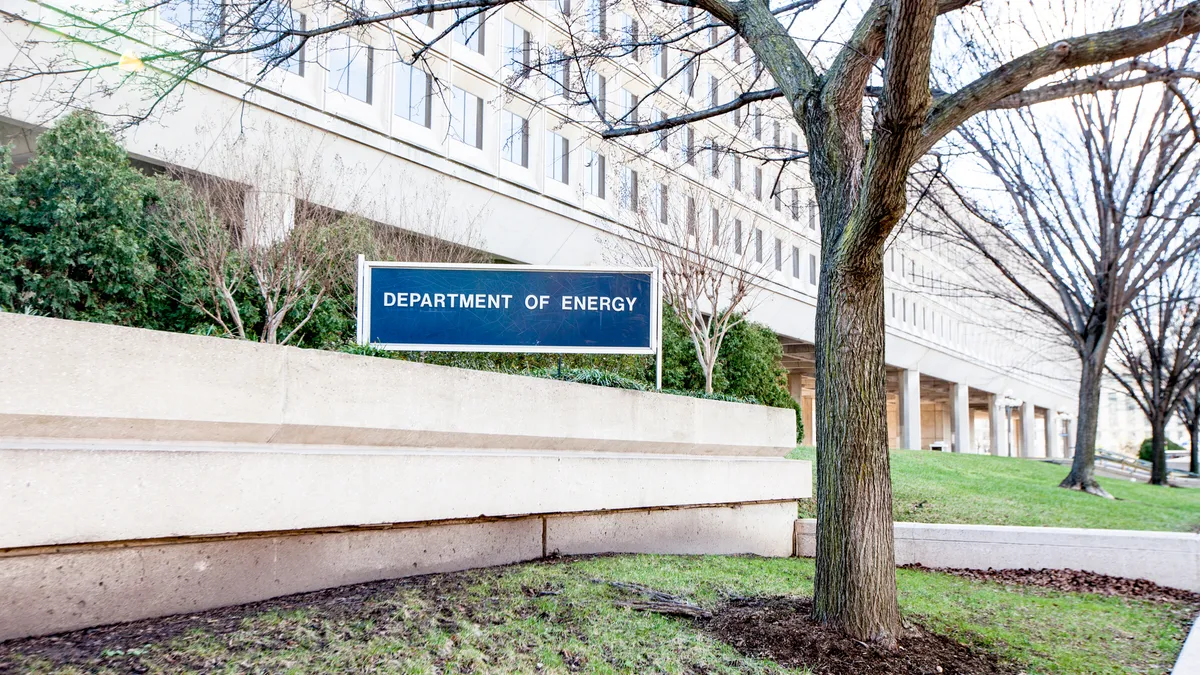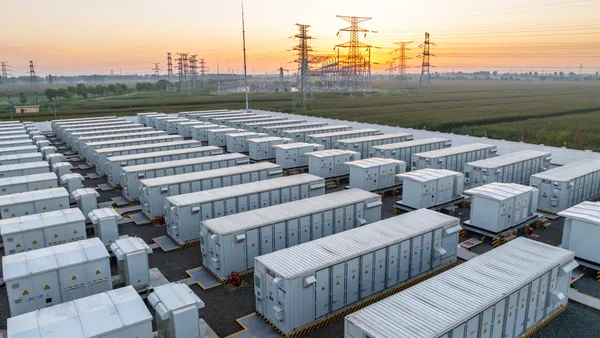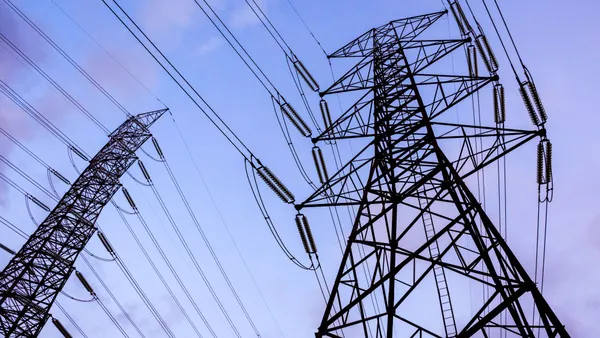The U.S. Department of Energy Tuesday issued reports charting pathways to commercialize long-duration storage, advanced nuclear reactors and clean hydrogen.
The Pathways to Commercial Liftoff reports are designed to help industry, investors and stakeholders make decisions about the emerging technologies that are needed to slash greenhouse gas emissions from the power sector, according to DOE. They highlight possible solutions to the challenges facing the technologies and routes to commercialization.
“As we combat the climate crisis and race toward an equitable clean energy future, public and private partnerships will be more important and critical than ever before,” DOE Secretary Jennifer Granholm said in a statement.
About $260 billion needs to be spent for the rest of this decade to help commercialize the clean hydrogen, nuclear and long-duration energy storage sectors, according to DOE.
The U.S. grid may need 225 GW to 460 GW of long-duration storage to support power markets for a net zero economy by 2060, representing $330 billion in capital spending, according to the storage report. DOE defines long-duration storage as resources that can provide continuous energy for 10 hours to about 160 hours.
To reach commercial viability, inter-day storage technology costs must fall from $1,100/kW-$1,400/kW to $650/kW by 2030 and improve round trip efficiency, or RTE, from the 69% seen in best-in-class technologies in 2022 to about 75%, according to the report. Costs for multi-day technologies must drop from $1,900/kW-$2,500/kW and 45% RTE to $1,100/kW and 55%-60% RTE by 2030, DOE said.
“Market and regulatory mechanisms would need to evolve if [long-duration storage] economics are to be supported; priority interventions are needed to increase market certainty and improve risk-adjusted returns,” DOE said.
U.S. nuclear capacity could triple by 2050 from about 100 GW today, according to the report on advanced nuclear technology.
Power system decarbonization modeling indicates the U.S. will need about 550 GW to 770 GW of new emissions-free, firm capacity to reach net-zero carbon emissions, and nuclear power is one of the few proven options at that scale, DOE said.
The estimated “first of a kind” cost of a well-executed nuclear project is about $6,200/kW, but recent nuclear projects in the U.S. have had overnight capital costs of more than $10,000/kW, according to the report.
Delivering first of a kind projects without cost overruns would require extensive upfront planning to incorporate the lessons from recent projects, DOE said, noting that subsequent projects would cost about $3,600/kW after 10 to 20 deployments.
“However, the nuclear industry today is at a commercial stalemate between potential customers and investments in the nuclear industrial base needed for deployment — putting decarbonization goals at risk,” DOE said.
Utilities and other potential customers see a need for nuclear power, but perceived risks of cost overruns and project abandonment have limited orders for new reactors, according to the department.
Clean hydrogen production for U.S. demand could grow from about 1 million metric tons a year to about 10 MMT/year in 2030, according to the hydrogen report. The sector needs $85 billion to $215 billion in investments for the rest of this decade, DOE said.
Up to 200 GW of new renewable energy sources would be needed by 2030 if water electrolysis is the predominant way of making hydrogen, DOE said.
The report calls for developing regulations for the sector, including methods of lifecycle emissions analysis across feedstocks and production pathways.
“These policy and regulatory developments, along with many others (e.g., changes that would streamline project permitting/siting), would take place across both federal and state agencies and would provide critical certainty to accelerate private investment,” DOE said.















